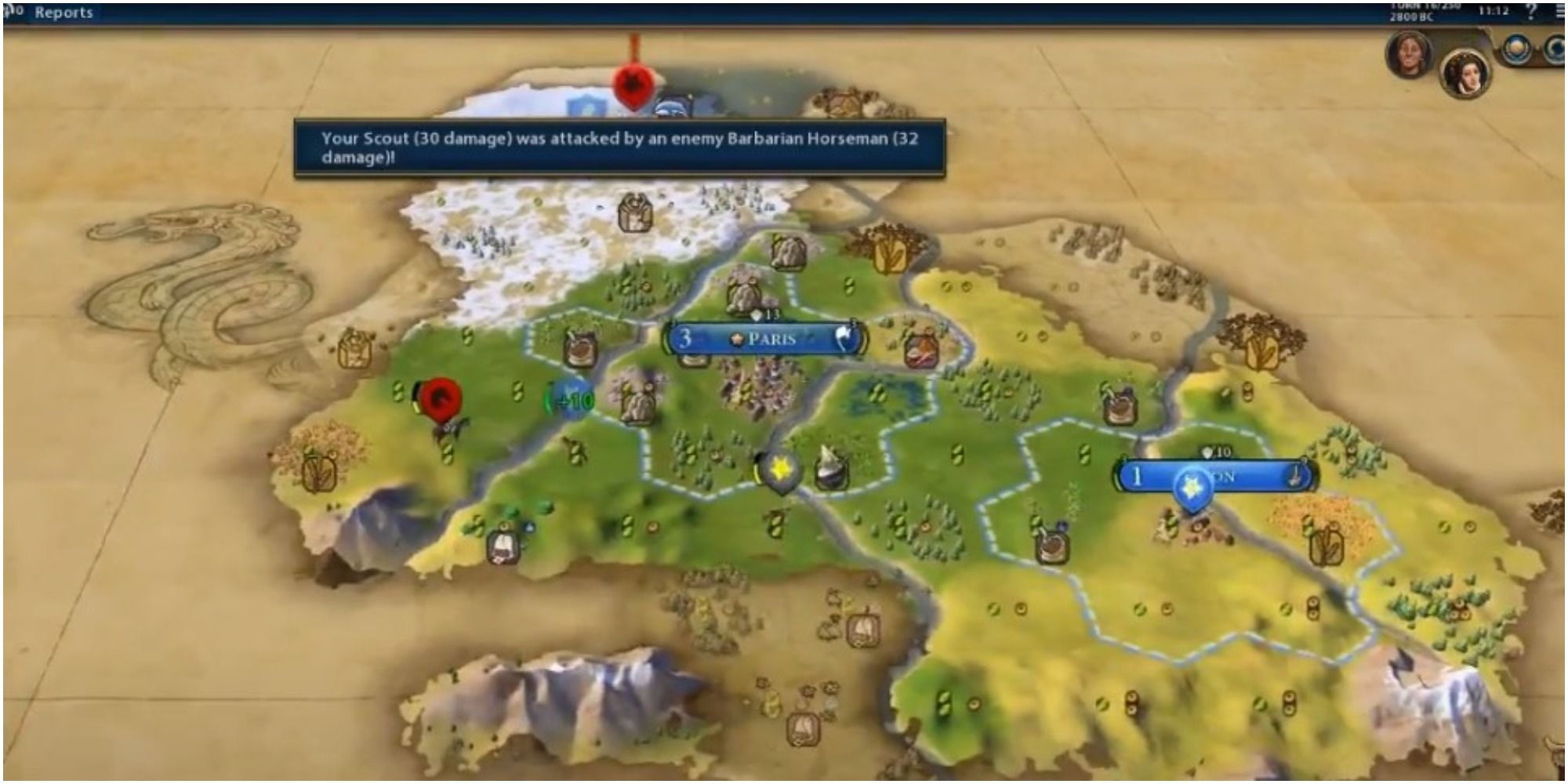

I anticipated that civilizations like Brazil and Polynesia, which have tile improvements that yield culture would have more social policies. One of my predictions isn’t reflected in the data at all. It’s worth noting that in two out of the three Spain games in our dataset, FilthyRobot had a faith-yielding natural wonder, so these games would have had an extremely strong religion. Religion is also a great source of culture, with buildings like Mosques and Pagodas providing added culture per city. It’s also no surprise to see Siam performing well, as Siam can receive huge culture yields from city state alliances. Looking at Egypt, it’s tempting to suggest that building lots of wonders (which Egypt’s UA encourages) is the most potent source of culture in the game. What does this all mean? One observation is that while Poland is obviously associated with more social policies, a strong culture game can match, or even surpass Poland’s UA (unique ability). Egypt comes out top, performing better than Poland!.Civilizations that have bonuses to city state alliances (Siam & Sweden) also perform well.Civilizations that get a strong religion perform well, such as Spain, the Celts, The Mayans and Ethiopia.The Civilizations at the bottom of the list are civilizations with no bonuses to culture.As we predicted, Poland does very well, scoring well above the median.There’s a lot to look at in the above graph so let’s list some key observations: a measure of the average). The grey bars represent the standard error, which is basically a way of showing the variation between the games for each civ. The horizontal line represents the median policies per era game (i.e. This means that the darker the bar, the more reliable the estimate. The bars are shaded according to how many games are in the sample size. The civs are ordered by their performance in this test, from highest to lowest.

The above graph shows the number of policies obtained per era, for each civilization in the game. But predictions are ultimately futile, and data is real, so let’s take a look.ĭARKEST GREEN = 5 or more games, MIDDLE GREEN = 3-5 games, LIGHTEST GREEN = 1-2 games Civilizations like Polynesia or Brazil have tile improvements that give extra culture for example, whereas Siam has a unique building that provides extra culture, as well as an ability that provides additional culture from city states. This guarantees 7 extra social policies for a full-length game! We might also expect civilizations with bonuses to culture to obtain more social policies than others.
#CIV 6 PATCH TOO MANY CITY STATES FREE#
The Polish civilization has an ability that gives a free social policy each time you advance to the next era. Before we look at the data, are there any predictions we can make? The most obvious is that we expect Poland to come out on top. Wonders, City States, Religion… and Poland!įirst let’s look at which civilizations are associated with an increased number of social policies. In fact, we will be looking almost entirely at correlations, and as all good skeptics should know, correlation does not mean causation! So bear that in mind, that this post is showing associations between things, not necessarily mechanisms. This is a way of normalizing the rate of unlocking policies over the length of the game.ĭISCLAIMER: This is my first dive into the data, so most of what I show here is not complicated. Instead we shall examine the number of social policies unlocked per era. For this reason looking at the final number of social policies unlocked is not fair. Sometimes they go all the way to spaceships, whereas other games end in a Medieval bloodbath. Multiplayer games can end at different times. The data we are using includes the number of social policies unlocked in 180 multiplayer Civ V games played by FilthyRobot. Welcome to the inaugural post from the Civ Science project! Here we will dive into the dataset (see the about page for more information) for the first time and see what we can learn about unlocking social policies in Civ V.


 0 kommentar(er)
0 kommentar(er)
